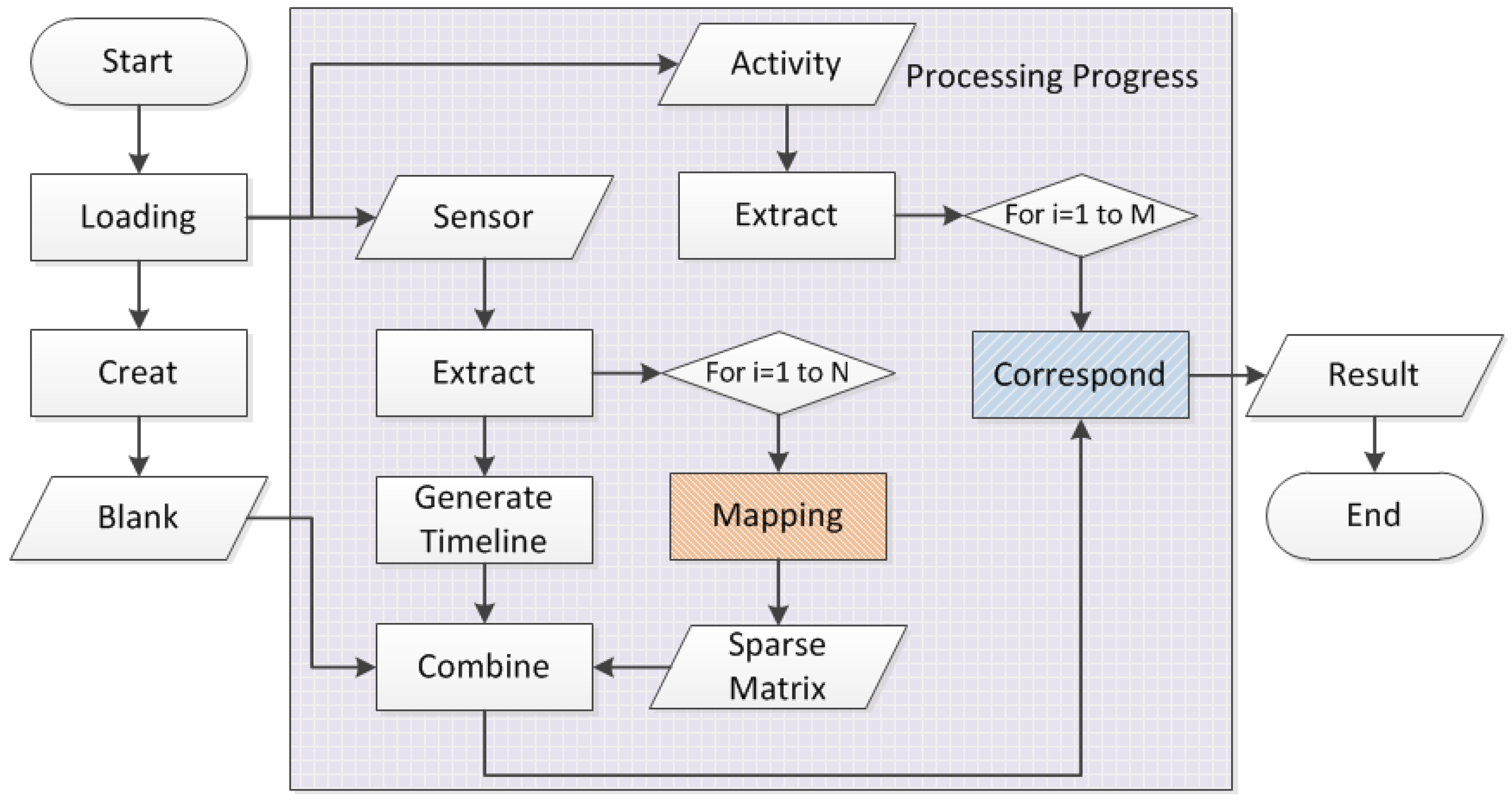Design and Implementation of a Framework for Circuit Diagram TL;DR Key Takeaways : Zigbee is a low-power, mesh networking protocol ideal for smart home and IoT applications, offering energy efficiency and independence from internet connectivity. Popular The project uses a Seeed XIAO ESP32C6 to build a low-cost, Wi-Fi-enabled sensor, ideal for applications where you need remote environmental monitoring. It includes instructions to set up a temperature, RSSI, and battery voltage sensor using MQTT to relay data to a Home Assistant setup or similar platform. A smart sensor network consists of multiple sensors that collect data from their surroundings. These sensors can measure temperature, humidity, light, motion, and more. The data collected is sent to a central system for analysis. This setup is useful in various applications, such as smart homes, industrial automation, and environmental

The Things Network allows to create applications to exchange data with your devices — often referred to as nodes as well — as shown here. In my case, my goal was to create this simple unidirectional data flow: device -> gateway -> network server -> application server. In short, I took the following steps to achieve it: I signed up on TTN Importance of Z-Wave and Zigbee in Smart Home Automation. Z-Wave and Zigbee power smart home connectivity by creating reliable mesh networks where devices function as both endpoints and relays. Z-Wave: Operates in the sub-GHz range, such as 908.42 MHz in North America and 868.42 MHz in Europe, minimizing interference from Wi-Fi or Bluetooth. Sensor networks are no longer expensive industrial constructs. You can build a simple sensor network from easily procured, low-cost hardware. All you need are some simple sensors and a microcontroller or computer with input/output capabilities. Yes, your Arduino and Raspberry Pi are ideal platforms for building sensor networks.

Beginning Sensor Networks with XBee, Raspberry Pi, and Arduino Circuit Diagram
Curriculum (Series) Works With 2020: How to Build a Sensor. This training provides a walkthrough of an IoT sensor project via Simplicity Studio. Engineers will leave knowing the best path to get started designing. Wireless Sensor Network (WSN), is an infrastructure-less wireless network that is deployed in a large number of wireless sensors in an ad-hoc manner that is used to monitor the system, physical, or environmental conditions. Sensor nodes are used in WSN with the onboard processor that manages and monitors the environment in a particular area.
